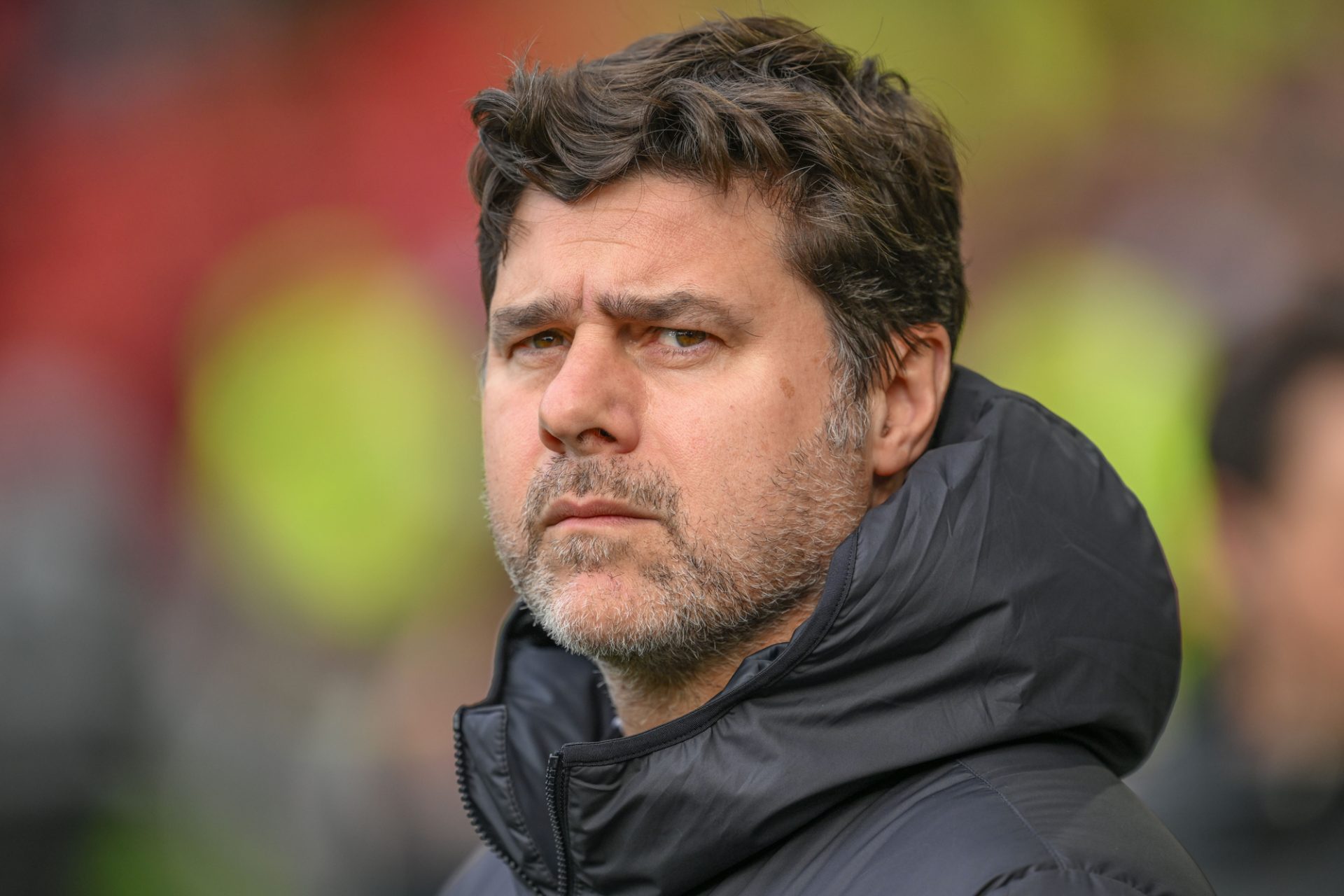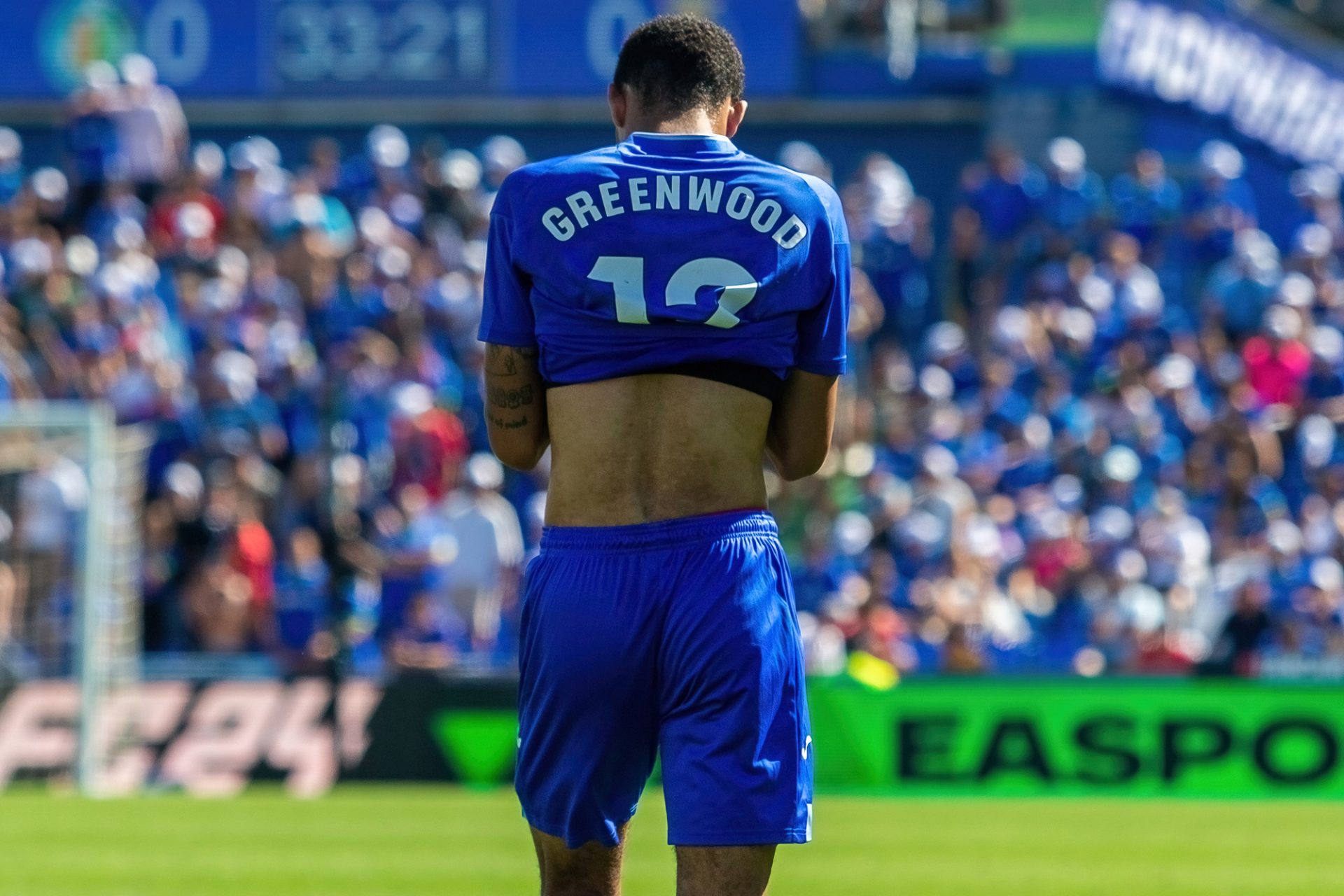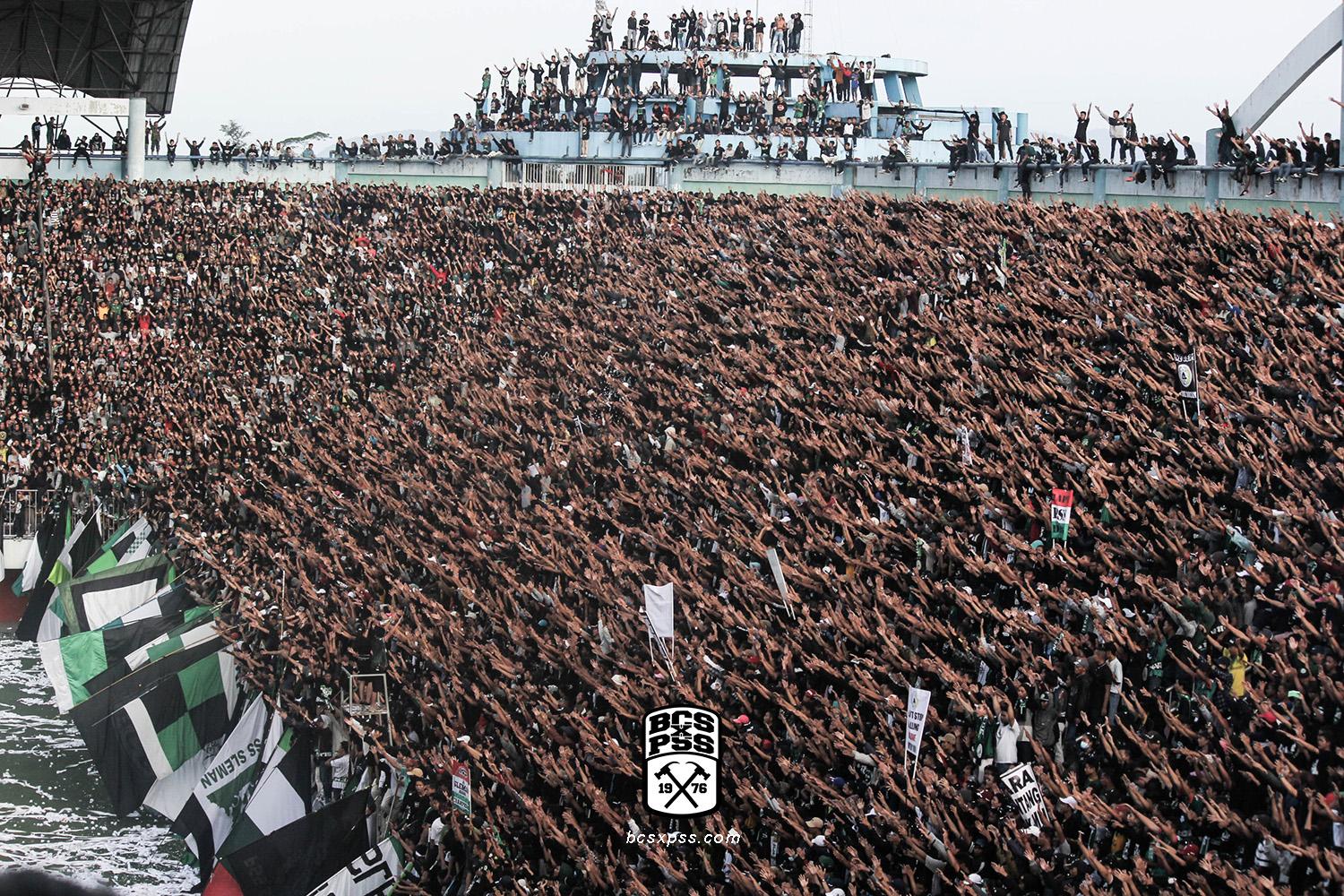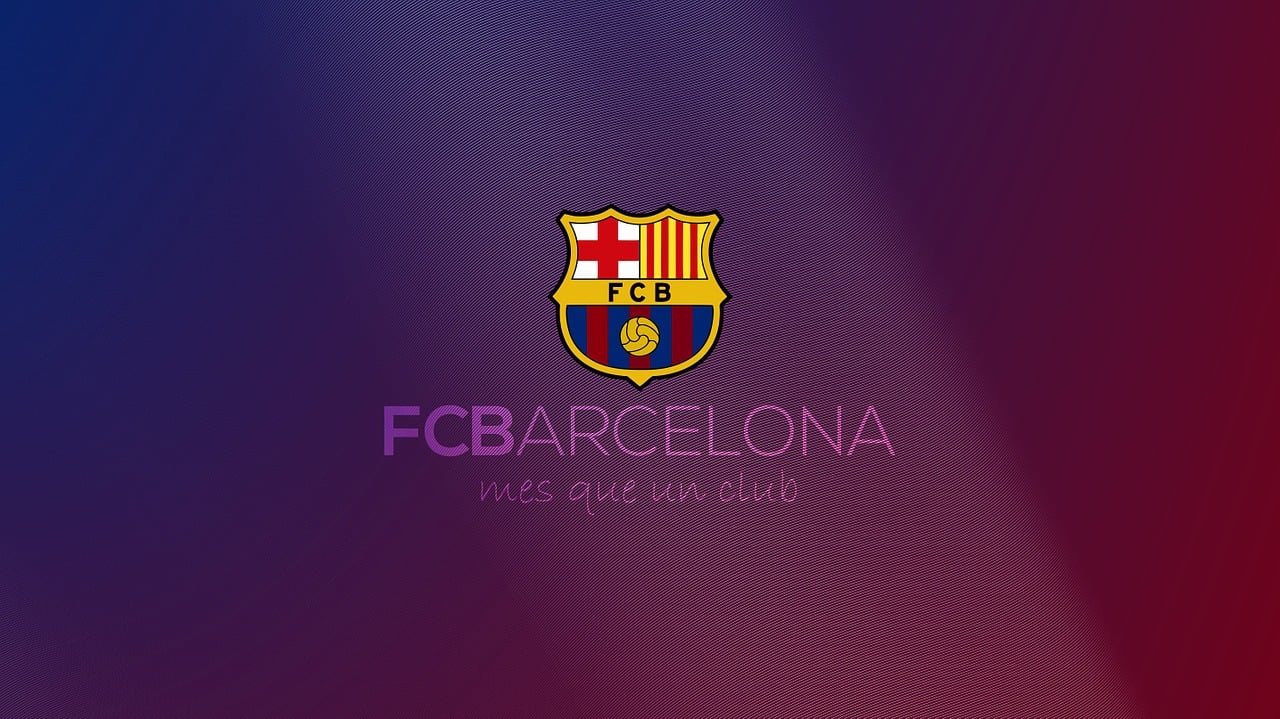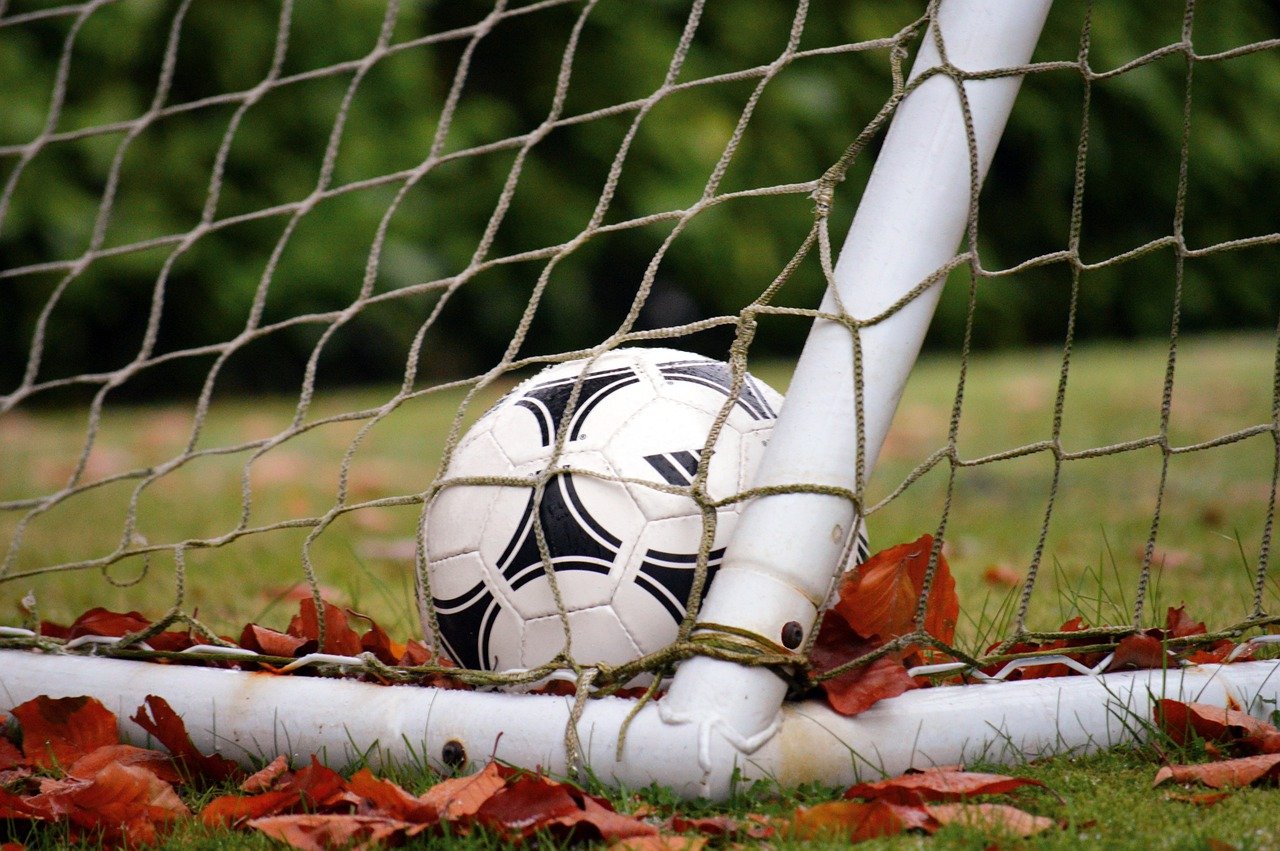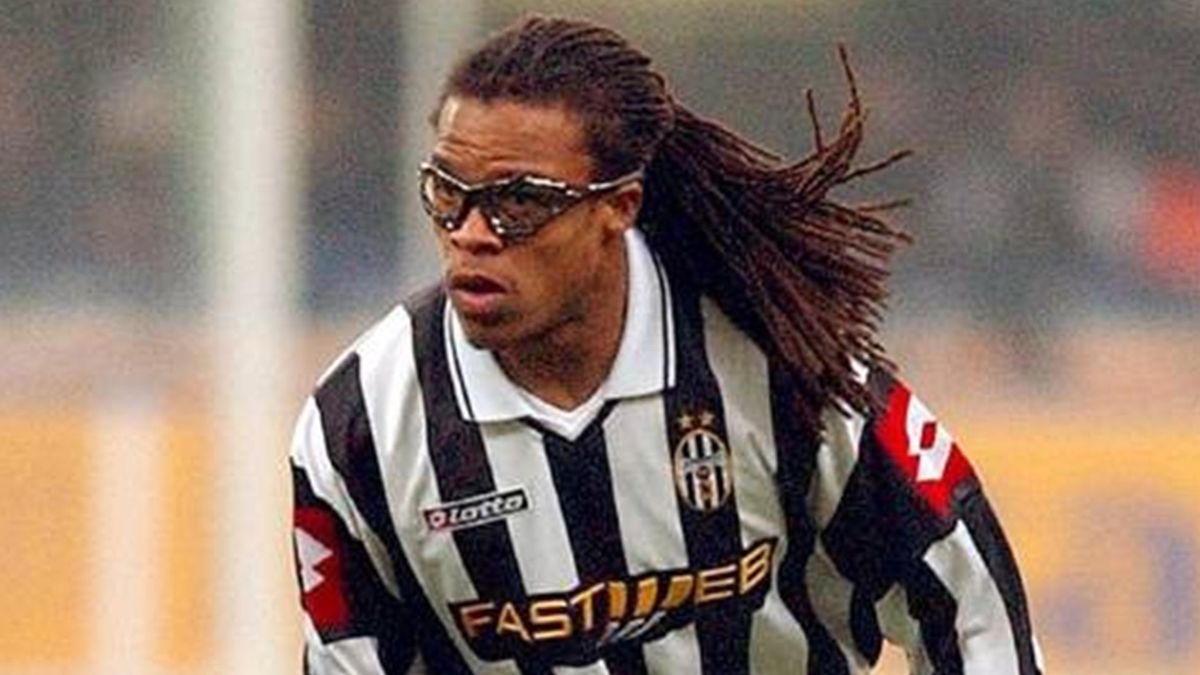Do teams play without a striker
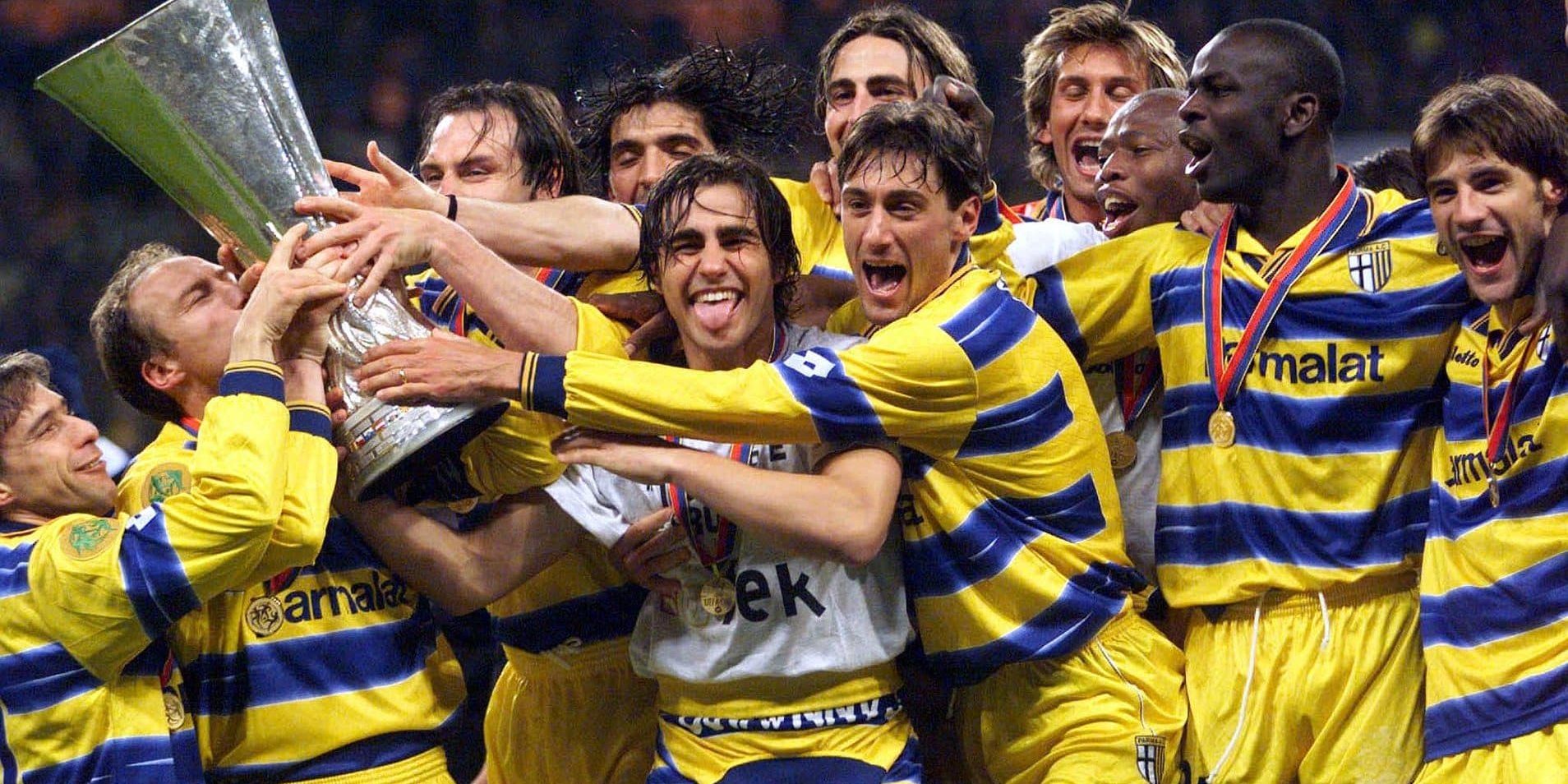
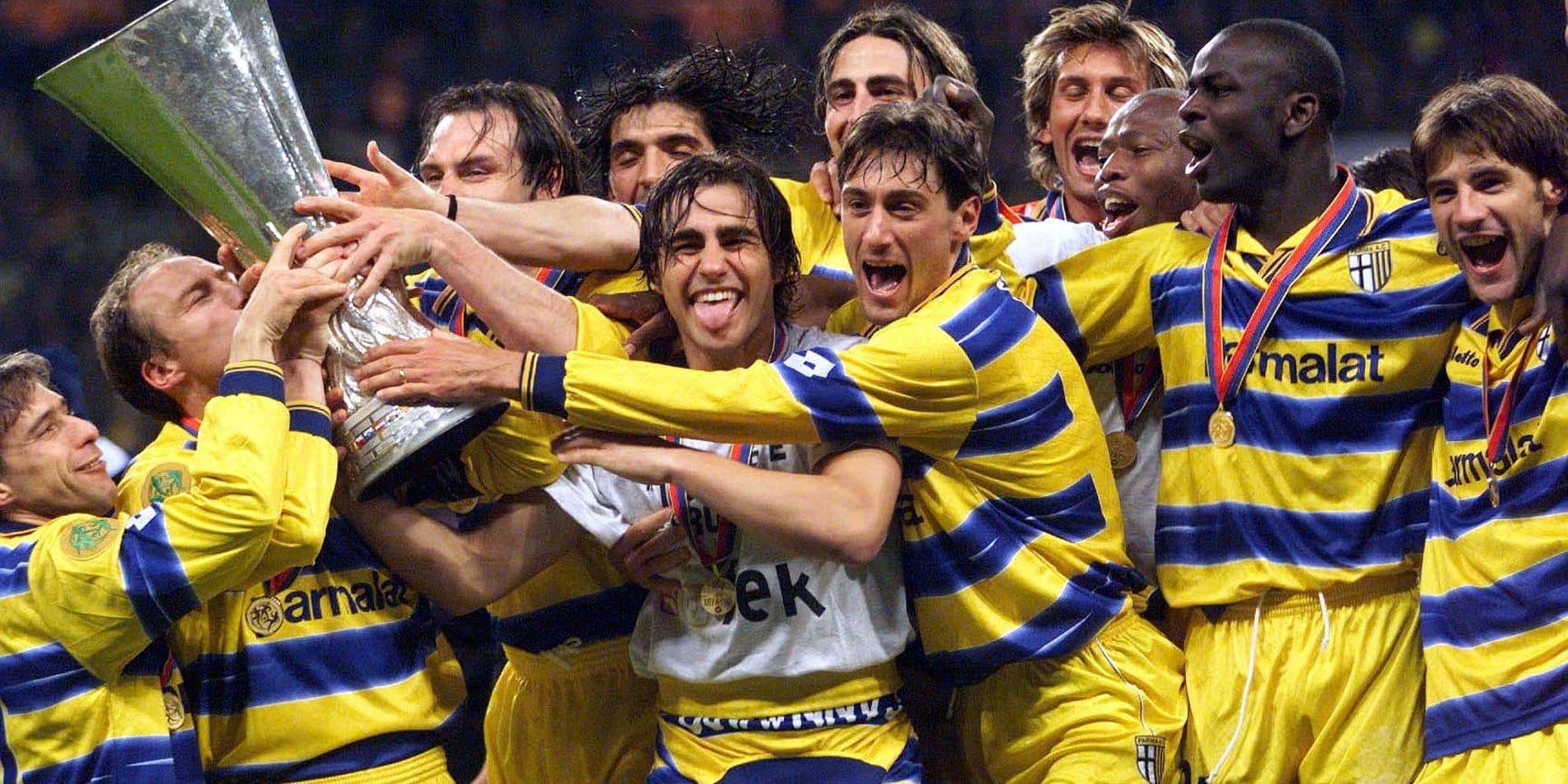
Table of Contents
Types of formations in football
Football is a sport that needs players to cooperate as a team. An important part of football is the formation. This can change how the team plays. Below is a table with various formations used in modern football.
| Formation | Description | Advantages | Disadvantages | Example Team |
|---|---|---|---|---|
| 4-4-2 | 4 defenders, 4 midfielders, 2 forwards | Balanced attack and defense | Vulnerable to strong-wing play | Leicester City |
| 3-5-2 | 3 defenders, 5 midfielders, 2 forwards | Extra cover in midfield | Exposes defense | Juventus FC |
| 4-3-3 | 4 defenders, 3 midfielders, 3 forwards | High attacking potential | Light in defense | Barcelona FC |
| 5-3-2 | 5 defenders, 3 midfielders, 2 forwards | Solid defensive setup | Limited attacking options | Italy National Team |
There are many more formations than these. Coaches have unique tactics and may even adjust formations during a game. Player strengths and weaknesses also play a role in choosing a formation. For example, if the team has wingers who can take advantage of space or strikers who like through balls, then a 4-3-3 or 4-2-3-1 system could work.
Formations have changed over time. Before the ’50s, football had no tactical systems. Hungary’s “Mighty Magyars” changed this with a strategy called the “Danubian School”. This spread to other countries and clubs, leading to more formations. Now, formations are an important part of football.
Formation without a striker
To understand how teams can play without a striker, explore the “Formation without a striker” section of “Do teams play without a striker?” article. Discover the characteristics of formations without a striker and an example of a team that adopts this approach.
Characteristics of formation without a striker
A soccer formation without a traditional forward is known as a ‘strikerless formation’. It takes a completely unorthodox approach to football tactics, relying on midfielders and wingers to support the attack.
- 1. This formation often uses a ‘false nine‘ player instead of a regular striker, who functions as a central attacking midfielder.
- 2. It demands an intense pressing game based on high-pace counter-attacks.
- 3. The whole outfield team will take on goal-scoring responsibility, giving more dynamic possibilities in ball distribution.
This setup stands out for its need for harmony between all positions, and players with multifunctional skills. It also provides more fluidity and flexibility in play-style.
Pro Tip: Playing a strikerless formation gives closeness in defense and midfield lines, while freeing up the front for creative players.
Goalscorers don’t need to be strikers – midfielders can do it too! It’s like playing chess without the queen, but with all the right moves.
Example of a team playing without a striker
No traditional striker? No problem! Teams are increasingly using a tactic of fluidity and interchangeability in their front players to cause chaos for defenders. Ball retention, quick passing, and creating space behind defensive lines are key. Players manipulate through movements and rotations, creating gaps for attackers to exploit. This approach doesn’t require a change in formation- it’s about flexibility and creativity. Manchester City, Liverpool, and Barcelona excel with this system. No concrete focal point in attack- they create chances from different angles. Wingbacks push forward to provide overlap, while attackers interchange positions. CF Reus was an example of a club whose entire philosophy was built around this tactic, and it got them to La Liga 123. Unconventional? Yes. But, playing without a striker can still get the job done.
Advantages and disadvantages of playing without a striker
To get the most out of a soccer game, you might want to consider playing without a striker. Doing this can help your team approach the game in different ways and bring forward advantages in certain aspects. Additionally, playing without a striker has its own set of downsides and disadvantages your team must keep in mind. We’ll dive into the advantages and disadvantages separately and explore how they could impact your team’s gameplay.
Advantages
Playing without a traditional striker has benefits. It decreases predictability, allowing opponents to be less prepared. Utilizing midfield players with technical skills to retain possession. Improved fluidity, boldness and diversity in goal-scoring opportunities. Everyone contributes, allowing for flexibility in team shape. Attackers who play outside can offer more dynamism.
Drawbacks include inconsistency and reduced goalscoring output overall. Results should be monitored.
One team played against their arch-rival with no designated centre forward, winning 5-1. With more players in the midfield, it can be like a crowded elevator; lots of bodies, but nowhere to go.
More players in the midfield
Expanding the idea of more players in the midfield can result in a stronger and more dynamic gameplay. We can call this ‘a crowded centre field’, that gives the opposition less room to penetrate into the defence while encouraging advanced play through quick passes.
We can use a table of statistics to represent this concept. The data shows us how teams perform in crowded centre fields compared to playing with a striker. For example:
| Team | Goals Scored | Possession % | Shots Taken |
|---|---|---|---|
| Team A | 10 | 60% | 20 |
| Team B | 6 | 45% | 15 |
Team A scored four more goals than Team B, even though their possession percentage was the same.
Having numerous players in the midfield area can cause too many passing opportunities, which could be confusing for some players not used to playing without a striker. But, a well-coordinated team can use this formation as an advantage, creating special tactics suited for the crowd.
I remember one match where the team didn’t have a striker and they were vulnerable up-front. The opposition took full advantage and scored three goals within half an hour. It showed why strategic planning is important before going into a game, or else you risk defeat. They won’t know whether to mark a false nine or a genuine void.
Confuses the opponents
Playing without a striker can cause confusion for the opposition. Man marking becomes tough, predicting attackers’ positions is tricky, and blocking wing-backs & wingers is harder.
Plus, there’s more flexibility when it comes to attack. To maximize this tactic, teams should use fast passes and mix up attack positions. Creating an overload on one side of the pitch can draw defenders away.
Using this strategy strategically, and adjusting to the opponent’s defense, can be a real benefit. Without a striker, you just have to ‘hoof’ the ball and hope for the best.
Easier transitions from defense to attack
No traditional striker? | No problem! Teams are now able to focus on counter-attacks and exploiting gaps in the opposition defense.
Benefits include:
- Easier transitions from defense to attack.
- Higher success rate with counter-attacks.
- More shots on goal.
- Possession increased for midfielders.
- Spaces and gaps exploited in opposition defense.
Creativity, fluidity, and attacking intelligence are enhanced when playing without a striker. More midfielders mean better control of the game’s tempo and more freedom for the team. Opponents won’t know what to expect!
As a prime example, Manchester United won 2-0 against Manchester City in the 2020/21 Premier League season without a recognized striker. Playing without a striker is like trying to win a war without a general – good luck with that!
Disadvantages
Deploying a formation without a center forward can have some serious drawbacks. Let’s go over three of them:
- No central movement: Without a striker, it can be hard to make space in the middle of the field and get creative up front.
- No target man: Having no one at the goal area to aim for makes it hard to score via aerial balls.
- Relying on midfielders: Midfielders may need to play roles they’re not used to, like forwards or defenders, adding to their workload.
Playing without a striker also has some upsides, like a more fluid passing game. But it’s risky – there won’t be anyone to finish off scoring chances.
FC Barcelona often uses a false-nine formation without a traditional striker. But for regular teams, soccer without a striker is like a horror movie without a killer – it’s just not as exciting.
Lack of a focal point in the attack
The absence of a clear focal point in the attack when playing without a traditional striker can cause confusion. This may lead to disorganization, and make it easier for defenders to mark opponents.
However, there can be advantages too. It could allow for greater fluidity in the attack and permit midfielders to move forward more often. Plus, it could confuse defenders who are used to marking strikers.
Coaches must consider both the pros and cons before deciding. The lack of a point person in the attack is a disadvantage. But, depending on the team’s play style and strengths, there may be other benefits that make this tactic useful.
Overcrowding in midfield
The absence of a primary striker has an impact on the midfield. This article looks into how it affects overcrowding.
- Teams with no prominent striker tend to cluster the midfield. This limits the opposing team’s offensive options and gives numerical superiority to the players in the middle.
- The opposition defense usually stays back, helping the attacking players to exploit this setup. It leads to one team having possession dominance and low-scoring matches.
- But, if overcrowding in the mid-field happens often with no successful goals, it could cause frustration and a drop in morale. Plus, if the midfield patterns stay the same, it can become boring to watch.
We haven’t considered this yet – over-relying on a packed midfield with no well-rounded game plan could lead to long-term tactical issues and a lack of dynamism.
To gain the benefits of a striker-less game, like free-flowing play and fluidity, coaches must plan accordingly. Or else, the match will be unfulfilling for the viewers.
Don’t let success slip away because you didn’t balance out strategy and emotion when choosing your options. Without a striker, individual talent matters – if Messi’s on your team, you’re good, but if not, good luck!
Heavy reliance on individual talent
Playing without a traditional striker can be dependent on individual players’ talents. This freedom and creativity can put pressure on one or two key players to lead the team’s attack.
A table illustrates this. A few individuals score consistently, while others might only have rare breakthroughs.
| Player Name | Goals |
|---|---|
| A | 15 |
| B | 5 |
| C | 3 |
| D | 1 |
This strategy can work well with exceptional talents, but it could cause troubles when the star player is injured or absent. Teams must adjust and find other solutions.
But, there is no single-solution for football tactics. It depends on the team. For instance, Pep Guardiola’s attempt to play without a striker against PSG was successful.
Yet, the real disadvantage remains the same: having to listen to a teammate claiming they are Lionel Messi.
Conclusion
Teams can go without a striker. This approach is known as “false nine,” and it allows mid-fielders to drop back while keeping attacking options. It can confuse opponents, making their defence unsure. The false nine tactic also means mid-fielders can make runs into space. But, if it’s done wrong, teams will be vulnerable. They need skilled passers and tech-savvy mid-fielders. Attacking full-backs can help create goal-scoring chances.
A solution could be to have two or three attacking mid-fielders instead of one striker. This would give more creative outlets and goal-scoring options, while still defending well. Another idea is to play with wing-backs instead of traditional full-backs or wingers. This way they can cross directly into the box for attackers to score.
Frequently Asked Questions
1. Can a team play without a striker?
Yes, a team can play without a striker. This formation is known as a false nine formation where a midfielder plays instead of a striker.
2. Are false nine formations effective?
Yes, false nine formations can be very effective as they confuse opposition defenders and create space for other attacking players.
3. What are some other formations a team can use without a striker?
Other formations a team can use without a striker include the 4-6-0, the 5-4-1, and the 3-6-1 formations.
4. What are the advantages of playing without a striker?
Advantages of playing without a striker include confusing opposition defenders, creating space for other attacking players, and having more players in midfield to control the game.
5. Who are some teams that have successfully used a false nine formation?
Some teams that have successfully used a false nine formation include Barcelona under Pep Guardiola, Spain in the 2010 World Cup, and Italy in Euro 2020.
6. Can a team win games without a striker in their formation?
Yes, a team can win games without a striker in their formation. It all depends on the team’s tactics, players, and how well they execute their game plan.

